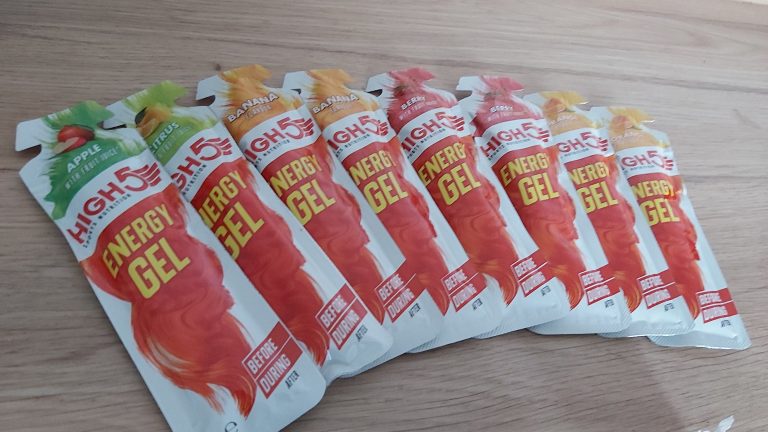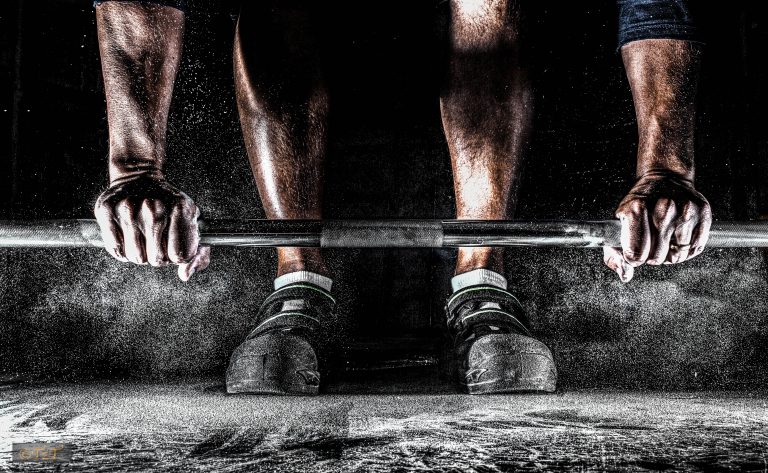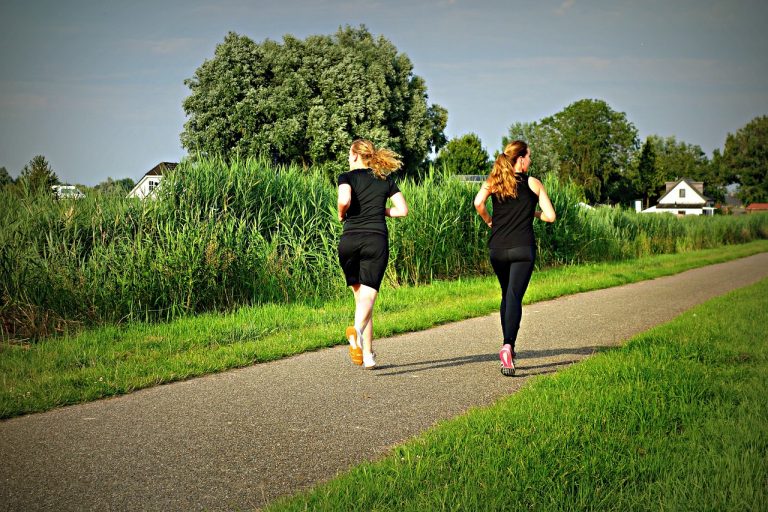Using test runs to measure progress
During the COVID-19 lockdown, all physical races have been cancelled. Virtual races are an option, but not something that suits everyone. Here’s what you can do.

During the COVID-19 lockdown, all physical races have been cancelled. Virtual races are an option, but not something that suits everyone. Here’s what you can do.

When it comes to long endurance runs, especially the marathon, the decision isn’t so much “to carb or not to carb”, but rather how to go about it. Personal preference We all have certain products we naturally gravitate to,…

Things can transpire against you, whether it’s not having anyone to look after your child, a lack of time from finishing work late or even a thunderstorm, but it doesn’t mean you can’t still get in a good workout and…

If you’re someone who bucks the trend by including regular strength exercise in their running plan, you’re bound to miss the odd session every now and then, so when you’re short on time it’s the strength work that understandably gets…

In a previous blog I explored the topic of how hard, or at what pace, a recovery run should be. Here we’ll delve into how long your recovery runs should be. Recovery run recap I prefer the term easy…

Running is mostly a solo sport unless you’re lucky enough to have a friend who enjoys it too, who can meet at the same times and has similar fitness or goals. Joining a running club is then a very appealing…

Long runs are an inevitable part of marathon training, and even plans that have “shorter” long runs still include them. But that raises the question, how far should your longest run be before your marathon? 20 miles or 3…